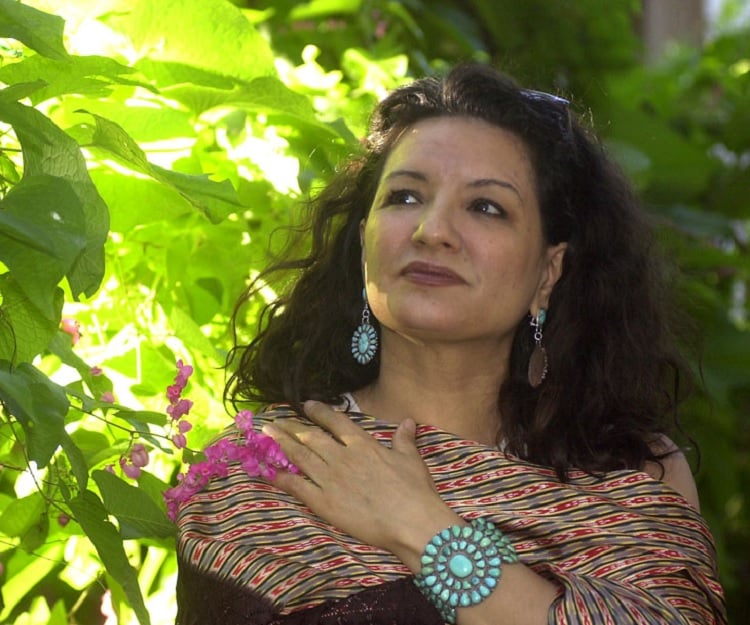Sandra Cisneros Woman Hollering Creek - consider, that
The only surviving daughter, she considered herself the "odd number in a set of men". Cisneros's great-grandfather had played the piano for the Mexican president and was from a wealthy background, but he gambled away his family's fortune. However, after failing classes due to what Cisneros called his "lack of interest" in studying, Alfredo ran away to the United States to escape his father's anger. After getting married, the pair settled in one of Chicago's poorest neighborhoods. Cisneros's biographer Robin Ganz writes that she acknowledges her mother's family name came from a very humble background, tracing its roots back to Guanajuato , Mexico while her father's was much more "admirable". Eventually the instability caused Cisneros's six brothers to pair off in twos, leaving her to define herself as the isolated one. Her feelings of exclusion from the family were exacerbated by her father, who referred to his "seis hijos y una hija" "six sons and one daughter" rather than his "siete hijos" "seven children". Ganz notes that Cisneros's childhood loneliness was instrumental in shaping her later passion for writing. Cisneros's one strong female influence was her mother, Elvira, who was a voracious reader and more enlightened and socially conscious than her father. Sandra Cisneros Woman Hollering CreekExtinct Lands, Temporal Geographies Book Description: A train station becomes a police station; lands held sacred by Apaches and Mexicanos are turned into commercial and residential zones; freeway construction hollows Wpman a community; a rancho becomes a retirement community-these are the kinds of spatial transformations that concern Mary Pat Brady in Extinct Lands, Temporal Geographies, a book bringing together Chicana feminism, cultural geography, and literary theory to analyze an unusual mix of Chicana texts through the concept of space.

Beginning Hpllering nineteenth-century short stories and essays and concluding with contemporary fiction, this book reveals how Chicana literature offers a valuable theoretics of space. The history of the American Southwest in large part entails the transformation of lived, embodied space into zones of read article surveillance, warehouse districts, highway interchanges, and shopping malls-a movement that Chicana writers have contested from its inception. Brady examines this long-standing engagement with space, first in the work of early newspaper essayists and fiction writers who opposed Anglo characterizations of Northern Sonora that were highly detrimental to Mexican Americans, and then in the work of authors who explore border crossing.

In a spatial critique of the war on drugs, she reveals how scale-the process by which space is divided, organized, and categorized-has become a crucial tool in the management and policing of the narcotics economy. Try logging in through your institution for access.]

What matchless topic
Well, and what further?
I like this phrase :)